The new technology that will replace Opal, Myki, Go and other transport smartcards
WE all complain about the Opal, Myki and Go cards but they could soon be a thing of the past. This is why your daily commute will get easier.
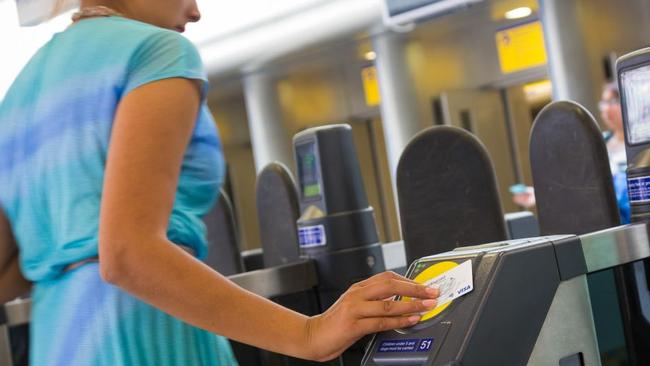
THEY’RE the little pieces of plastic most of us have in our wallets.
There are millions of public transport smartcards, such as Victoria’s Myki, NSW’s Opal and Queensland’s Go, in circulation across Australia — yet within a few years they could be as archaic as the phone card.
Already, the NSW Government has announced a trial that will see commuters tap on and off not with their Opal but with their credit and debit cards instead, eliminating the need to top up. And it won’t end there with people likely to be able to use their mobile phones — or even their watch — to jump on the train.
But how will it work in practice?
To get an idea you have to turn to London, the city at the cutting edge of transport technology.
But while Sydneysiders may soon say au revoir to Opal; Melburnians and Brisbanites will be stuck with their travel smartcards for some time to come. London’s ticketing chief said neither city had embraced the future to the same extent as Sydney.
In the less than two years since bank cards could be used on the city’s transport network, more than 12 million of them have been used to tap on and off London’s trains, tubes and big red buses.
A third of all journeys are now made not via London’s Oyster smartcard but with bank cards enabled with technology such as MasterCard’s PayWave.
In fact, so successful is London’s experience with contactless payments, transport IT company Cubic has been awarded a licence to export the ticketing technology worldwide — including to Sydney.
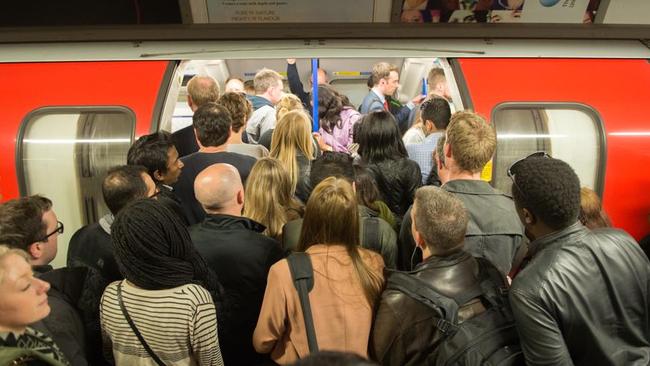
Shashi Verma, the chief technology officer for Transport for London (TfL), the city’s transport agency, said it was the experience of a commuter he met in Sydney who made him realise how important the new technology was.
“This guy said to me ‘the only time I want to use public transport is when I go to the airport but it’s such a faff to get an Opal card, so I always get a cab.’
“If you take that faff away, once that customer gets on the transport system they may start using it for more than the journey to the airport.”
Mr Verma said the current system, where people load money from their bank accounts onto a smartcard was just too complex. It should be as simple as buying a coffee.
“Our biggest challenge is people who come to London for a few days. You have to get an Oyster card, we have to educate you on how it works and all of it is completely useless,” he said. “Starbucks doesn’t educate you about how to buy coffee, why should we have to do it?
“You should be able to walk out of the arrivals hall and into the metro with the thing you have in your pocket already, tap it and ride.”
With a fist-full of UK and Aussie bank cards, and a few other gadgets, news.com.au took to London’s transport system to see how we will soon be travelling:
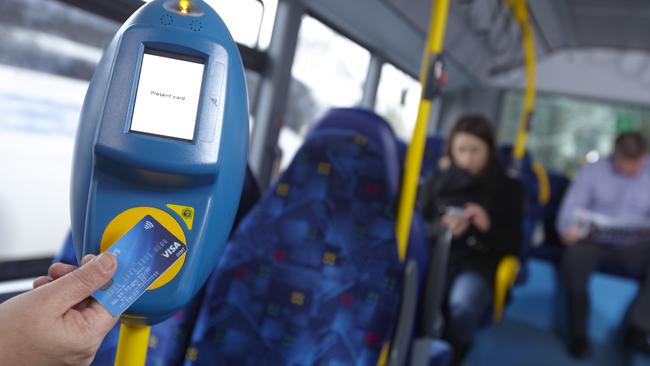
BANK CARDS
Travellers used to Opal and Myki will find using bank cards child’s play. Just make sure they have the PayPass or PayWave logo.
Getting on the bus or train, you tap on as normal and the reassuring beep can be heard immediately.
Rather than your cash trickling down each time you ride, however, one lump sum is taken out of your bank account at the end of the day.
But watch out for ‘card clash’. The MasterCard exec charged with making sure our bank cards will work on public transport, Will Judge, explained: “This is where you might have a [travel smart]card on this side of the wallet and a payment card on that side and you present the wallet one way on entry and the other way on exit.”
You could end up tapping in with your travel card but off on your bank card, messing up your payment. TfL has advised Londoners to keep the card they want to use to pay for travel separate so the clash is curtailed.
OVERSEAS BANK CARDS
Australians have embraced the new way to pay with Mr Judge telling news.com.au cards from Down Under are second only to British cards when it comes to getting on London’s tubes. “There are a high number of Aussie MasterCards being used here,” which he puts down to the overall enthusiasm Australians have for tap and go.
But, just like any other foreign transaction, you will face overseas fees.
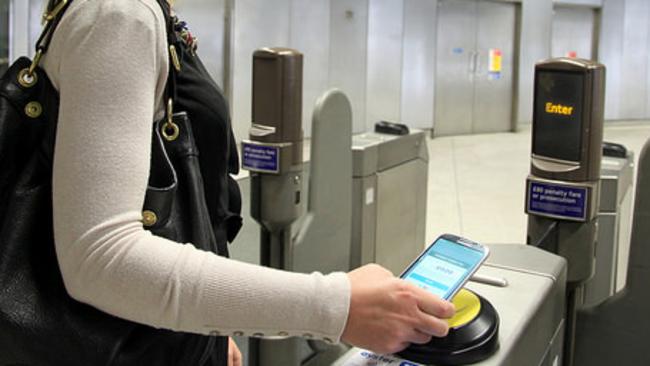
SMARTPHONE
Using your iPhone to travel is not being talked about yet in Sydney, but it’s already arrived in London where 4.5 per cent of contactless journeys are now by smartphone.
You load your bank card to your phone via ApplePay or AndroidPay. When you approach the barriers, you choose the card on your phone and, in a James Bond-esque move, authorise the payment via a fingerprint scan. Then hold the device near the reader and a little chirrup of excitement from the phone confirms the payment has been made.
However, when it comes to iPhones you’ll need 6 and above or it won’t work.
APPLEWATCH
With the AppleWatch you can use ApplePay to load your card to your wrist as well as having it physically in your wallet.
As you get to the reader, double press the button on the side of your watch and your card magically appears on the screen. Hold the watch face above the reader and the gates should open.
As with the iPhone, using the AppleWatch to tap on and off initially feels a bit odd but with usage comes familiarity. Also, you may not want to physically ‘tap on’ the watch, you don’t want to smash the screen, so perhaps ‘hover on’ is a better term.
In London, you are advised to stick to one way to pay, say with a card or the AppleWatch, as chopping and changing can cost you more.
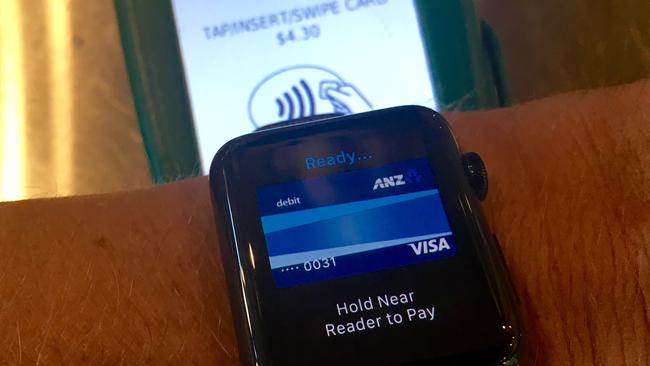
Mr Verma said rebooting London’s system to accept contactless payments had cost about $140m, but the money had paid for itself through cutting down on paper tickets and more people getting on the trains and buses.
Given Sydney has essentially bought London’s technology and shared its know-how, he expected a similar experience in Australia.
“One of the things I heard in Sydney is ‘oh look they’re behind’. If you draw the comparison (with London) you can always say they are behind but if you draw the comparison with New York at least Sydney has a smartcard whereas New York still has paper tickets.”
Mr Verma said NSW’s transport bosses should be commended for using off-the-shelf ticketing technology rather than investing vast sums in a unique system which has seen “other cities fall on their pride.”
Victoria’s transport agency spent billions creating Myki with technology that is rapidly becoming obsolete. Has he spoken to his counterparts in Melbourne?
“We’ve tried helping them too,” he said, “and we’ve not been as successful.”
This month, Public Transport Victoria announced the current provider for Myki, NTT Data, would continue to run the system for another seven years but only that the company would be “investigating new contactless technology”.
As such, it seems likely that years after people in Sydney have forsaken their Opals, commuters in Melbourne and Brisbane will still be stuck with their smartcards.




